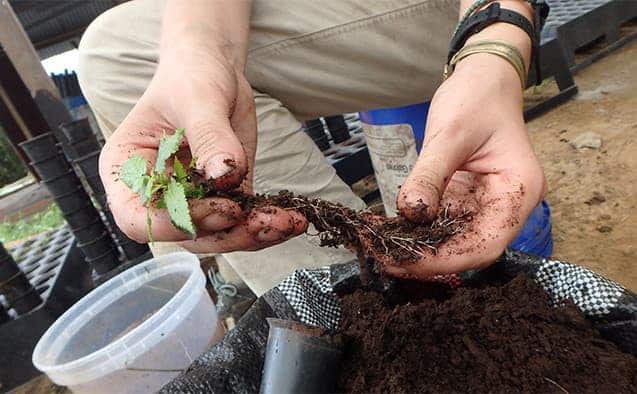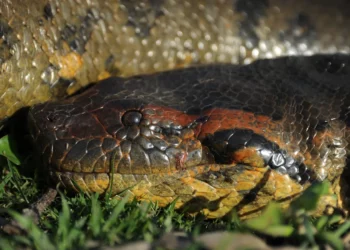
Over the past few weeks, the world has witnessed in horror as the Amazon rainforest became engulfed in devastating fires. Besides fire, the Amazon’s iconic canopies are constantly being besieged by land clearing for agriculture, logging, and mining. However, scientists are researching ways to rebuild the rainforest.
Writing in a new study, researchers at Wake Forest University’s Center for Amazonian Scientific Innovation (CINCIA) found that biochar — charcoal used in soil amendment — is a cheap and effective material that can improve tree seedling survival during reforestation efforts.
The first few months following transplanting are the most vulnerable in a tree seedling’s life, but the researchers found that adding just a bit of biochar improves the soil, thereby improving the survivability of the seedlings. Adding fertilizers gives maximum results, the researchers found.
Biochar is beneficial for the soil, allowing it to retain more water and become less acidic. Biochar is also a great environment for microbes, which aid plant growth. Finally, biochar holds fertilizer and releases it over time. This winning combo decreases the need for repeat application of fertilizer, thereby lowering replanting costs.
For their study, the research team used soils from the San Jacinto native community in Peru, whose lands have been affected by gold mining. When the researchers led by Miles Silman analyzed this particular soil, they found that it was devoid of organic matter and microbes.
After adding biochar and fertilizers to two tropical tree species (Guazuma crinita and Terminalia amazonia) grown in the depleted soil, the researchers found that they could “fix” the damaged soil.
“We show that while both biochar and fertilizer can improve tree seedling growth, combining them makes seedlings thrive beyond either amendment alone,” said Silman.
The study suggests that biochar is excellent for recovering soil from areas damaged by gold mining.
“These are the kinds of landscapes we have to recover, and we are still trying to determine how to grow plants in them,” Silman said. “This soil is extremely limiting for natural regrowth, but treating them with biochar turns it into something that plants can grow in. That’s good for biodiversity and good for the people that have to make a living from the land.”
The findings appeared in the journal Forests.






